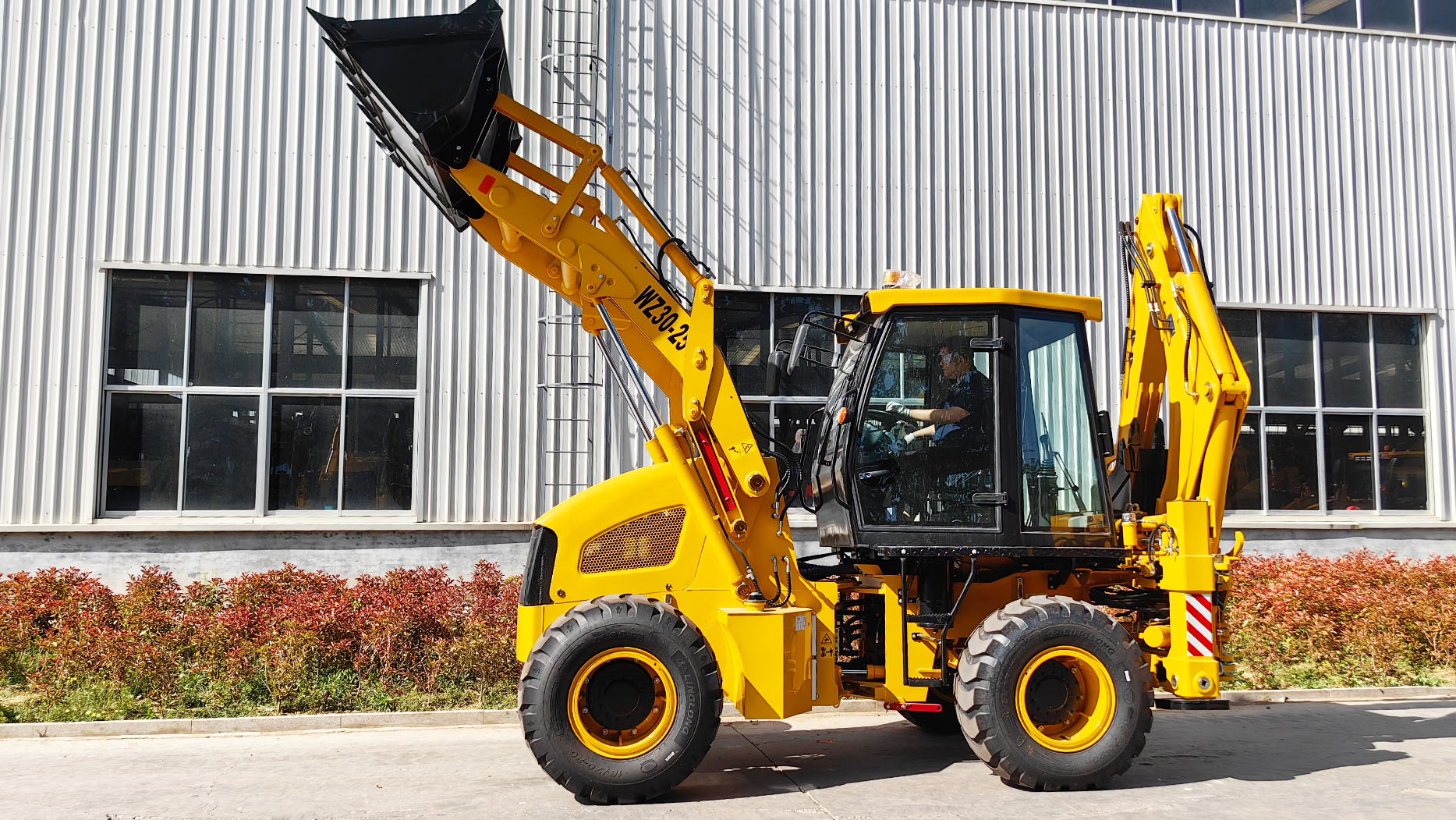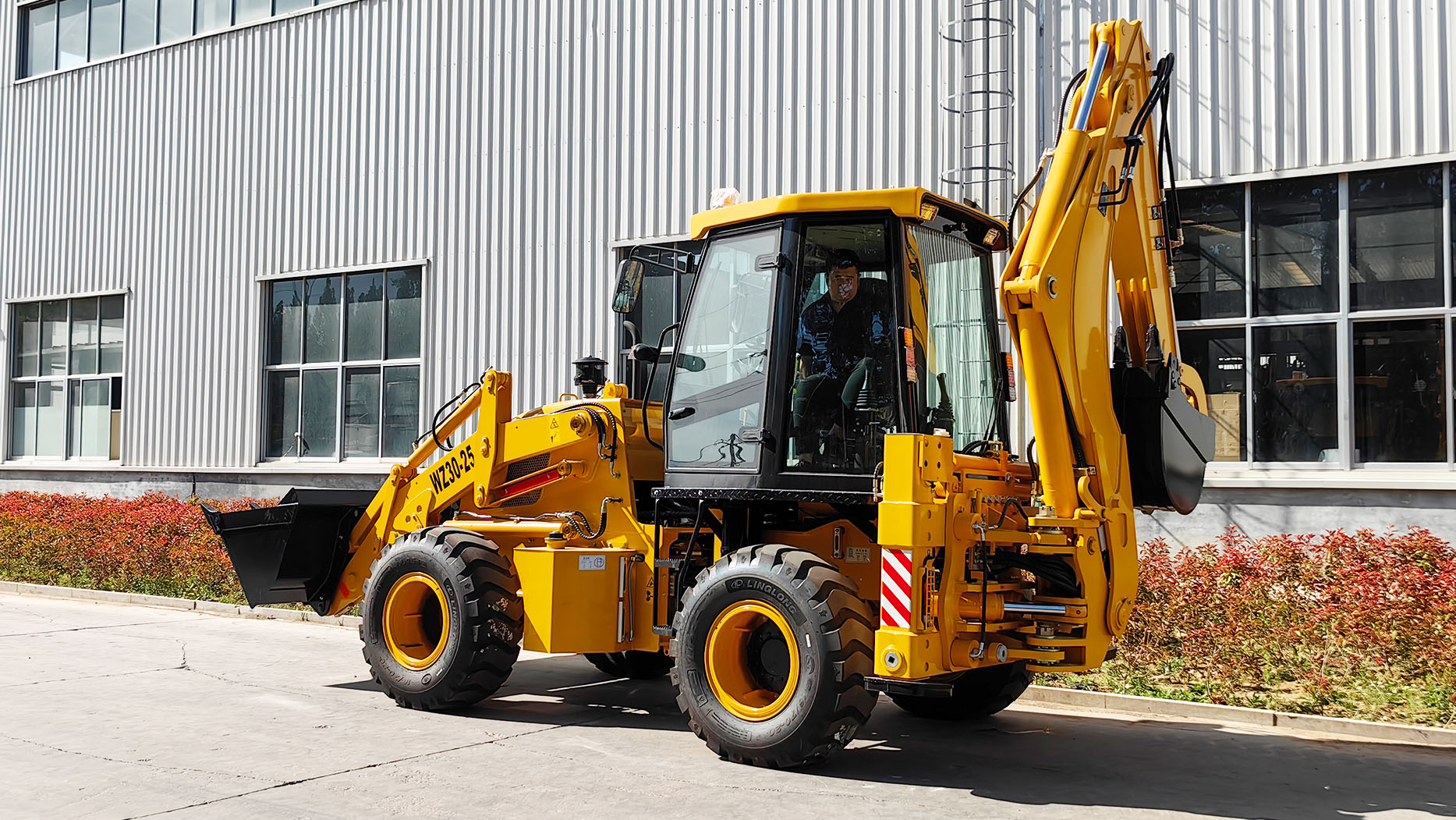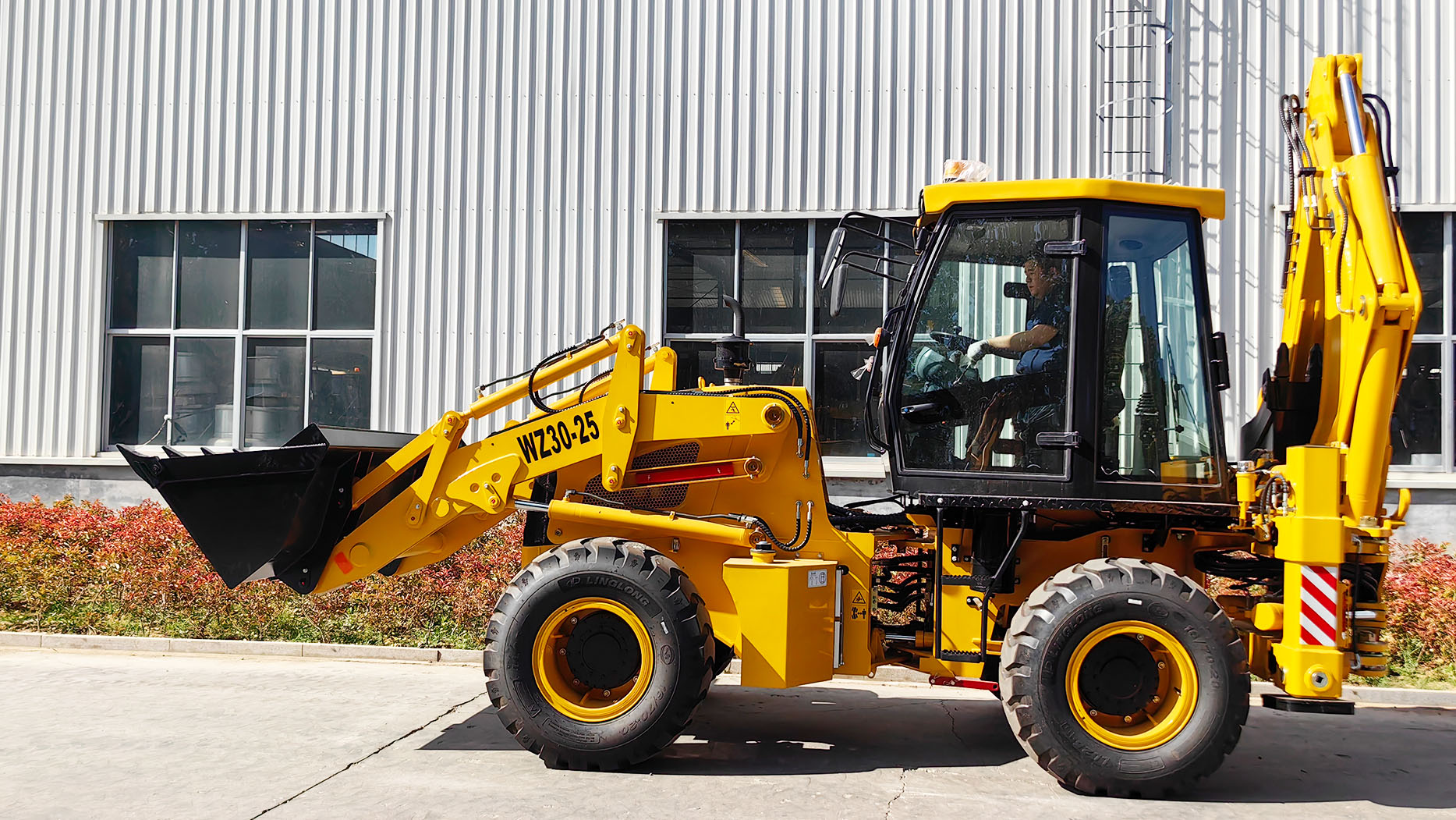I. Introduction
Owning a backhoe for the first time is an exciting step for anyone involved in construction, landscaping, or property maintenance. Whether you’ve acquired it for personal use on a large plot of land, a farm, or as part of a professional operation, a backhoe is an incredibly versatile piece of heavy machinery. From digging trenches and moving soil to lifting heavy materials and performing demolition work, backhoes are often the go-to equipment for a wide range of tasks.
However, owning a backhoe is not as simple as parking it in your garage and hopping on when needed. There are important responsibilities and considerations that come with operating and maintaining this powerful machine. This guide will provide you with everything you need to know—from understanding its components and operation basics to mastering safety, maintenance, and legal obligations. By the end, you’ll feel confident and informed in your role as a new backhoe owner.
II. Understanding Your Backhoe
Backhoes come in different sizes and configurations to suit various tasks. Standard backhoes are ideal for medium to large-scale projects, while compact or mini backhoes are better for tight spaces and lighter work. Choosing the right type depends on the scale and nature of your work.
Key Components
A typical backhoe has three main parts:
The Loader (Front Bucket): Used for scooping, lifting, and moving materials.
The Backhoe (Rear Arm and Bucket): Designed for digging, trenching, and excavation.
The Cab and Controls: Where the operator sits and controls the machine. Other important features include stabilizer legs that provide balance during operation, hydraulic systems that power the attachments, and the undercarriage which supports the machine.
Specifications to Understand
Familiarize yourself with the machine’s:
Horsepower (HP): Indicates engine strength.
Operating Weight: Affects transportation and maneuverability.
Digging Depth and Reach: Determines how deep and far the backhoe can dig.
Bucket Capacity: Affects how much material you can move at once.
III. Operating Basics
Pre-operation Inspection Checklist
Before using your backhoe, conduct a thorough inspection:
Check fluid levels (engine oil, hydraulic fluid, coolant)
Inspect tires or tracks for wear and proper inflation
Examine hoses for leaks or cracks
Test lights, signals, and horn
Ensure the seatbelt and safety systems are functioning
Starting and Stopping the Machine
Always start the machine on level ground with the parking brake engaged. Let the engine warm up before use. To shut down, lower all implements to the ground, allow the engine to idle briefly, and then turn it off.
Controls Overview
Most modern backhoes have joystick controls:
Left joystick usually controls the boom and swing
Right joystick operates the dipper and bucket
Foot pedals control movement and stabilizers Take time to practice these controls in an open, safe area before beginning work.
Common Tasks
You’ll likely use your backhoe for:
Digging trenches
Lifting and placing materials
Grading and backfilling
Demolition Practice makes perfect, so start with simple tasks and gradually take on more complex projects.
IV. Safety Considerations
Personal Protective Equipment (PPE)
Always wear a hard hat, safety glasses, high-visibility vest, gloves, and steel-toe boots. Hearing protection may also be necessary in noisy environments.
Operating on Slopes or Uneven Terrain
Use caution on inclines. Operate slowly and avoid sudden movements. Always keep the bucket low when moving to maintain stability.
Awareness of Underground Utilities
Call before you dig. In many areas, utility companies will mark underground lines for free. Damaging these lines can be dangerous and costly.
Using Stabilizers Correctly
Deploy stabilizers fully before digging to prevent tipping and improve precision. Retract them before moving the machine.
Transporting Safely
Use proper tie-downs and ramps when transporting your backhoe. Make sure it’s well-balanced and complies with transport regulations.
V. Maintenance and Upkeep
Daily and Weekly Tasks
Daily: Check fluids, grease fittings, inspect hoses, clean the machine
Weekly: Tighten bolts, inspect attachments, check battery and filters
Scheduled Service
Refer to your operator’s manual for service intervals. Common tasks include oil changes, hydraulic filter replacements, and coolant flushes.
Signs of Wear and Tear
Watch for:
Leaking fluids
Decreased power or strange noises
Uneven tire or track wear
Rust or corrosion Address issues early to avoid expensive repairs later.
Proper Storage
Store your backhoe in a covered area if possible. Clean it thoroughly, lower all attachments, disconnect the battery if storing long-term, and consider using fuel stabilizers.
VI. Legal and Logistical Responsibilities
Registration and Insurance
Some regions require backhoes to be registered, especially if driven on public roads. Insurance is also recommended to protect against damage or liability.
Transport Permits
Large backhoes may require a special permit for road transport. Check your local regulations.
Environmental and Noise Regulations
Be mindful of emissions and noise, particularly in residential or environmentally sensitive areas. Compliance may require using specific fuel or operating within time restrictions.
Operator Certification
Depending on your location and the context of use (personal vs. commercial), you may need formal training or certification to operate a backhoe legally.
VII. Tips for Maximizing Value and Productivity
Choosing the Right Attachments
Backhoes can be fitted with attachments like:
Augers for drilling
Hammers for breaking concrete
Rakes for clearing debris Choose attachments based on the tasks you perform most often.
Fuel Efficiency
Avoid unnecessary idling, perform regular maintenance, and operate at optimal speeds to reduce fuel consumption.
Extending Machine Life
Regular maintenance, proper use, and safe storage go a long way in preserving your machine’s condition and resale value.
Hiring vs. DIY Operation
If you're uncertain about certain tasks, consider hiring an experienced operator. This can prevent accidents and ensure a job well done.
VIII. Conclusion
Becoming a backhoe owner is a rewarding move, offering both practical utility and the potential to take on bigger projects. With the right knowledge, you can ensure safe operation, minimize wear, and maximize productivity. Keep learning, respect the power of your machine, and enjoy the many benefits your new backhoe has to offer.
Post time:Apr.22.2025



